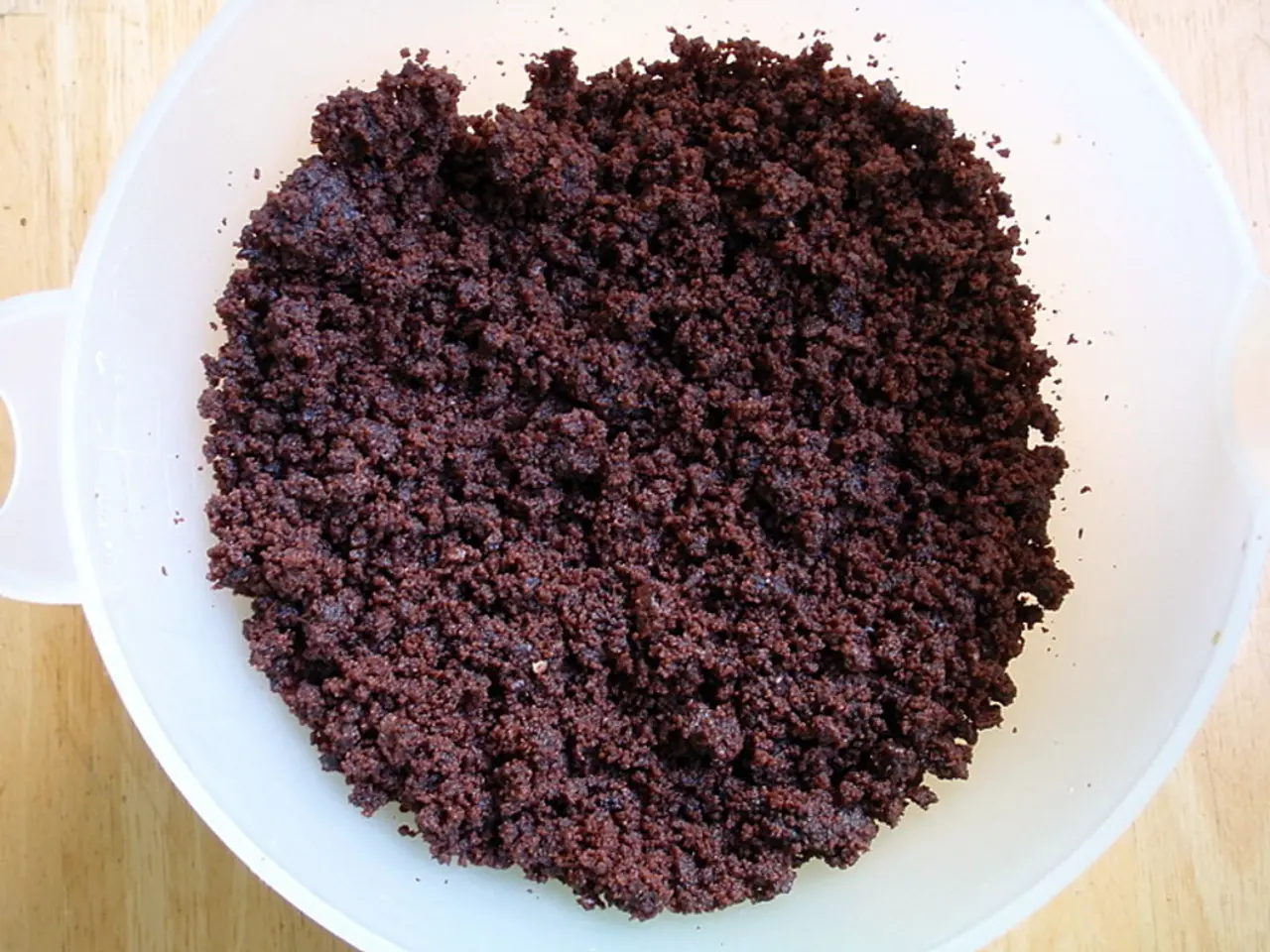Alterations in stool associated with bile duct cancer: Appearance, signs, and additional details
Bile duct cancer, also known as cholangiocarcinoma, is a rare type of cancer that develops in the bile ducts. One of the common symptoms of this condition is the appearance of pale or clay-colored stools.
When a person eats food that contains fat, the gallbladder releases bile into the small intestine to aid in digestion. However, with a lack of bile and an inability to digest fats, stool will look different, often being pale or clay-colored and oily. This symptom is particularly noticeable in bile duct cancer.
Bile is needed to break down fats during digestion. In a healthy individual, bile starts as a yellow-green liquid but turns brown during the digestive process, giving stool its normal brown color. In bile duct cancer, however, the obstruction of bile flow prevents bile from reaching the intestines, resulting in the characteristic pale or clay-colored stools.
This blockage also causes other symptoms such as jaundice (yellowing of skin and eyes), dark urine, intense itching, right upper abdominal pain, nausea, vomiting, fatigue, loss of appetite, and sometimes fever and chills if infection is present.
The causes of pale or clay-colored stools in bile duct cancer stem from the obstruction of bile flow into the intestines. This obstruction can arise from tumors within the bile duct itself that block bile passage, strictures, or inflammation. As a result, there is a lack of bile pigments in stools, causing their pale or clay color.
Additionally, the accumulation of conjugated bilirubin in the blood due to the blockage causes jaundice and dark urine. The buildup of bile salts in the skin leads to intense itching.
If a person experiences frequent pale, clay-colored stools, they should contact a doctor. While not all cases of pale stools are caused by bile duct cancer, it is essential to rule out this serious condition. If cancer develops in the bile ducts, they cannot function properly and may not produce enough bile, leading to a host of symptoms.
In summary, the clay-colored stools in bile duct cancer are due to tumor-caused obstruction of bile flow, which disrupts bile delivery to the intestines and causes other characteristic symptoms such as jaundice, dark urine, itching, abdominal pain, and systemic signs of liver dysfunction and bile buildup. It is crucial to consult a healthcare professional if these symptoms are present.
[1] Mayo Clinic. (2021). Cholangiocarcinoma. https://www.mayoclinic.org/diseases-conditions/cholangiocarcinoma/symptoms-causes/syc-20372136
[2] American Cancer Society. (2021). Cholangiocarcinoma. https://www.cancer.org/cancer/cholangiocarcinoma.html
[3] National Cancer Institute. (2021). Cholangiocarcinoma Treatment (PDQ®)–Patient Version. https://www.cancer.gov/types/liver/patient/cholangiocarcinoma-treatment-pdq
[5] Johns Hopkins Medicine. (2021). Cholangiocarcinoma. https://www.hopkinsmedicine.org/health/conditions-and-diseases/cholangiocarcinoma
- Science has provided insights into the connection between digestive health and the appearance of stools, with bile duct cancer presenting a notable example.
- Bile, a crucial component in digestion, plays a significant role in keeping stools brown and avoiding the development of pale or clay-colored stools.
- When it comes to workplace wellness, understanding the symptoms of bile duct cancer, such as pale stools, can help employees seek early medical attention.
- Medical conditions, such as bile duct cancer, can cause chronic diseases that might develop into severe health issues if not properly managed.
- Cancer, whether it be bile duct cancer or another type, always emphasizes the importance of regular health checkups and early detection.
- Respiratory conditions and digestive health should not be overlooked, as both contribute to overall health and wellness.
- Eye health, hearing, and skin care are just a few examples of different areas that require attention in maintaining comprehensive health.
- Fitness and exercise, along with proper nutrition, are essential elements in managing weight and maintaining cardiovascular health.
- Aging can bring about various health-related challenges, including an increased risk of autoimmune disorders, mental health issues, mens' health concerns, and skin conditions.
- The interconnectedness of one's health extends to their mental, sexual, and womens' health, necessitating attention to these aspects for overall well-being.
- Therapies and treatments exist to address a variety of health concerns, from bile duct cancer to neurological disorders and skin conditions.
- Aging may also influence parenting, particularly when it comes to addressing chronic diseases, weight management, and understanding the impact of health and wellness across generations.
- Medicare are crucial programs designed to support older adults and individuals with disabilities in accessing healthcare and managing health-related expenses.
- CBD, a derivative of the cannabis plant, is being investigated for its potential role in the treatment of various medical conditions, including neurological disorders.
- Regular medical screenings, a balancing diet, exercise, and stress management are some simple ways to improve health and reduce the risk of developing various medical conditions, including bile duct cancer.




